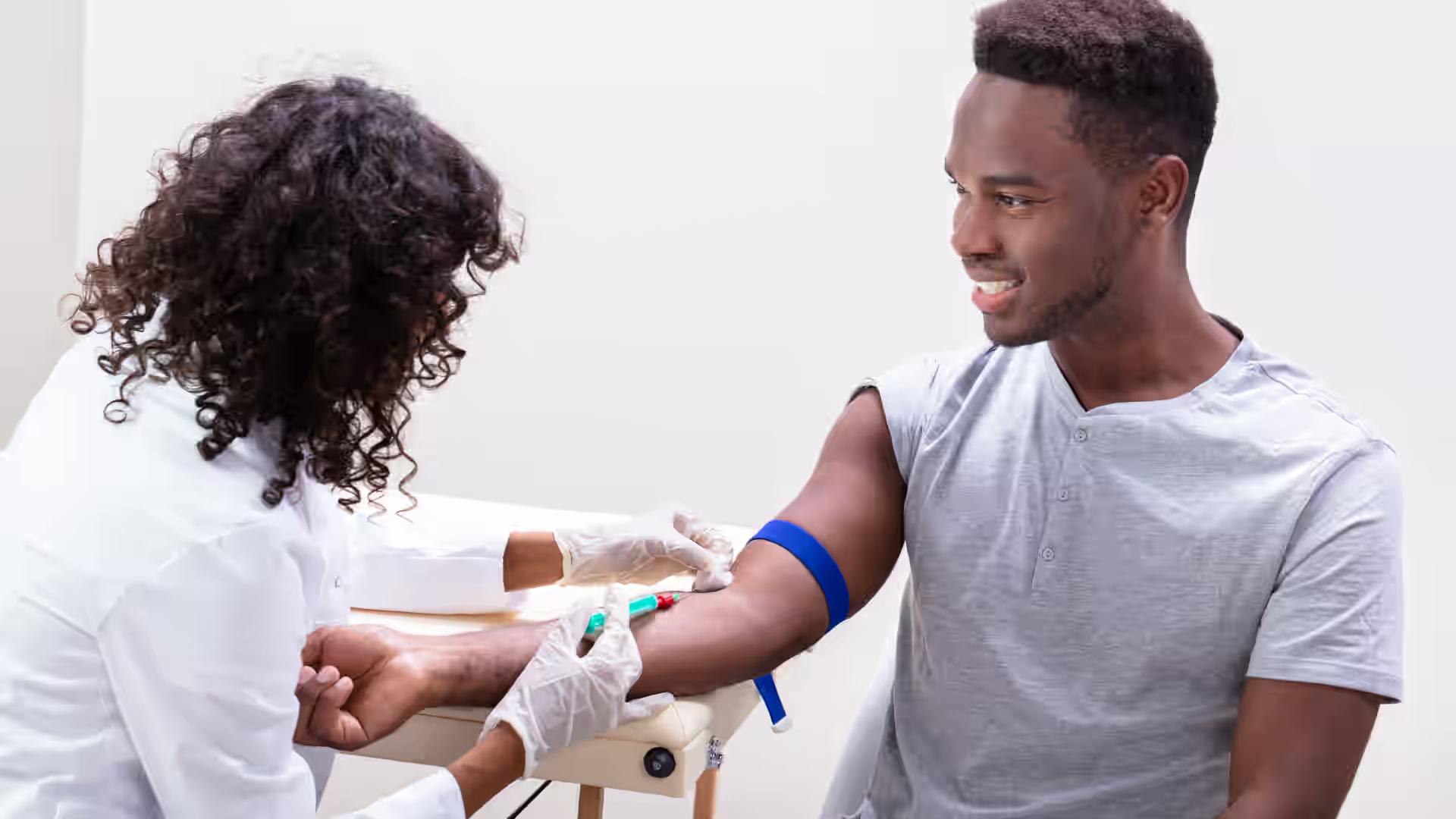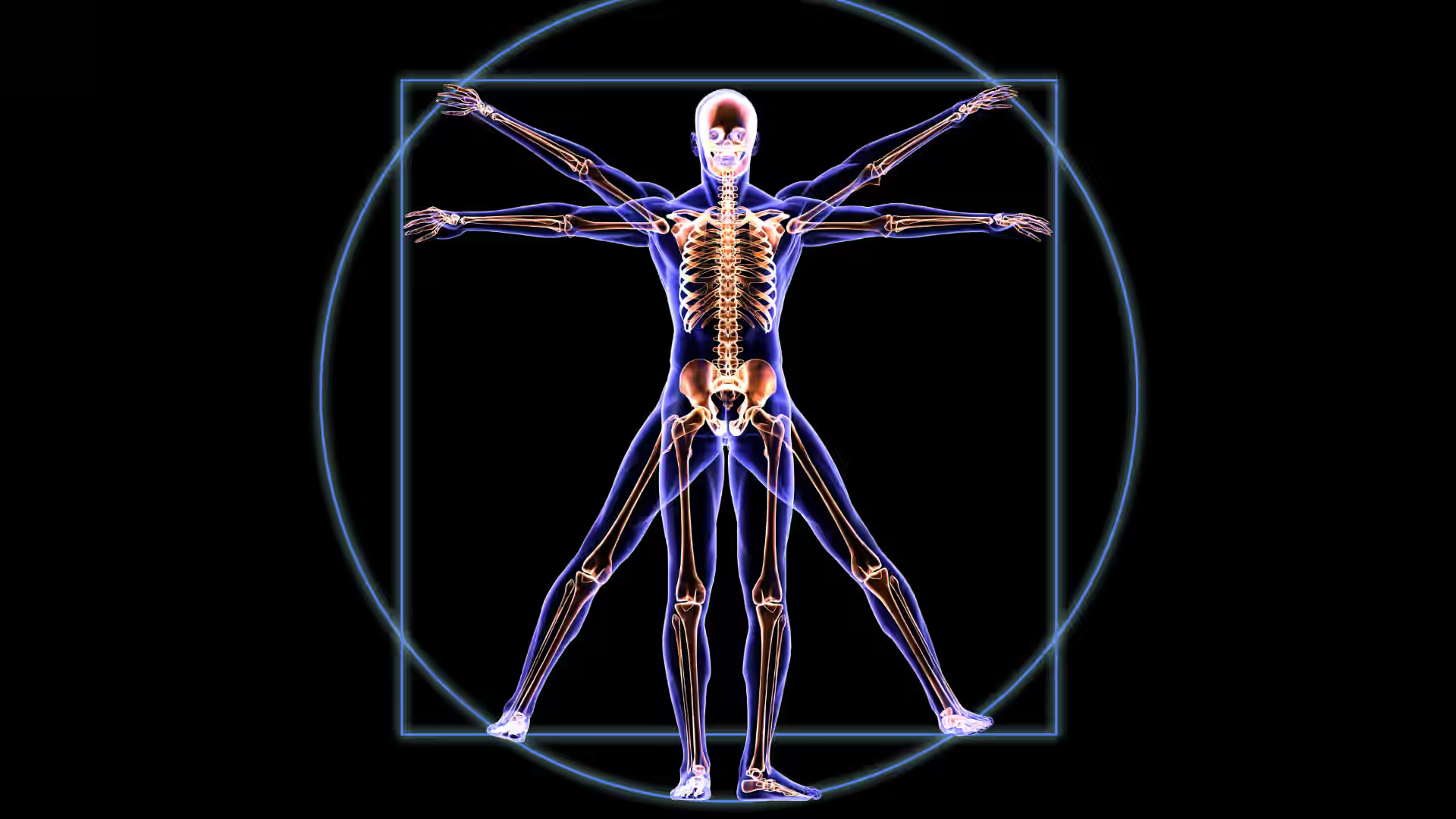Have you ever wondered why some people have an overhanging layer of skin and fat in their lower abdomen, often called an "apron belly"? For many, this isn’t just a cosmetic concern—it can impact physical and mental health.
An apron belly, medically termed panniculus, is a common issue that can arise after pregnancy, significant weight changes, or even due to genetics and aging. While feeling self-conscious about this condition is natural, understanding its causes and management options can empower individuals to take meaningful steps toward improved health and confidence.
This guide explores the causes, health risks, non-surgical and surgical ways to manage an apron belly, and prevention tips for maintaining a healthy abdomen.
[signup]
What Is an Apron Belly?
An apron belly develops when excess skin and fat in the lower abdomen hangs down, creating a pouch-like appearance. This condition often occurs due to stretched or weakened skin and connective tissue that can no longer return to its original form.
Unlike general abdominal fat, which is evenly distributed around the midsection, an apron belly specifically involves a concentration of excess tissue in the lower abdomen. Its severity varies, ranging from a small pouch to a larger overhang that may cover parts of the thighs.
Key Characteristics Include:
- Loose, sagging skin below the waistline.
- Skin folds that can trap moisture and require extra care to prevent irritation.
- The potential to impact mobility and posture when the panniculus becomes large enough.
Common Causes of Apron Belly
Several factors can contribute to the development of an apron belly:
- Pregnancy: During pregnancy, the abdomen expands rapidly to accommodate a growing baby. This stretching weakens the skin and connective tissue. After delivery, especially with multiple pregnancies, the skin may not return to its original shape.
- Significant weight fluctuations: Rapid weight gain or loss can overstretch the skin. Individuals undergoing bariatric surgery or crash diets are particularly prone to loose, sagging skin in the abdomen.
- Genetics: A person’s genetic makeup determines skin elasticity and fat distribution, making some individuals more likely to develop an apron belly even without major weight changes.
- Aging: Collagen and elastin, the proteins responsible for skin elasticity, naturally decline with age, increasing the risk of sagging skin.
- Medical conditions: Chronic conditions like diabetes, hormonal imbalances, or lipedema can influence fat accumulation in the lower abdomen and worsen skin laxity.
Health Concerns Associated With Apron Belly
Apron Belly may be associated with other health concerns:
Physical Health Risks
An apron belly is not just a cosmetic issue—it can lead to several physical health challenges:
- Skin irritation and infections: The folds of skin in an apron belly create a warm, moist environment that encourages the growth of bacteria and fungi. This can lead to conditions like intertrigo, which causes redness, itching, and irritation. Without proper care, these infections can become chronic.
- Limited mobility: A large apron belly can make physical activities such as bending, walking, or climbing stairs uncomfortable. Over time, this limited mobility can lead to muscle weakness and weight gain.
- Postural strain: Carrying extra weight in the lower abdomen can alter posture, placing strain on the lower back and hips. This often results in chronic pain and poor alignment.
Mental Health Impact
The psychological effects of an apron belly can be profound, especially for individuals struggling with body image.
- Body image concerns: Many individuals feel embarrassed or dissatisfied with their appearance, particularly when wearing form-fitting clothing or participating in activities like swimming.
- Social isolation: Some people avoid social interactions or public events due to fear of judgment, which can exacerbate feelings of loneliness and anxiety.
- Impact on self-esteem: Persistent dissatisfaction with one’s body can erode self-confidence, affecting relationships, work, and overall quality of life.
Managing Apron Belly Non-Surgically
The first step in managing an apron belly is making sustainable lifestyle changes that support overall health.
- Dietary adjustments: A balanced diet rich in lean protein, healthy fats, and fiber can promote fat loss while preserving muscle mass. Focus on whole foods like fruits, vegetables, whole grains, and lean meats. Avoid processed foods, sugary drinks, and excess sodium, contributing to bloating and weight gain.
- Exercise routine: Incorporate a mix of cardiovascular exercise and strength training into your weekly routine. While cardio burns calories, strength training builds muscle, which helps maintain a higher metabolism. Core exercises, such as planks and leg raises, can improve abdominal tone.
- Weight loss goals: Gradual weight loss is key. Losing 1–2 pounds per week allows the skin to adapt and minimizes additional sagging. Rapid weight loss, on the other hand, can worsen loose skin.
Skincare Routines
Proper skincare is essential for managing the discomfort and risks associated with an apron belly:
- Daily hygiene: To prevent infections, clean the area daily with a gentle cleanser and ensure it is thoroughly dry.
- Anti-chafing products: Powders, creams, or petroleum jelly can reduce friction between skin folds. Products containing zinc oxide are particularly effective at creating a protective barrier.
- Moisturizing: Skin-firming creams with ingredients like retinol, hyaluronic acid, or collagen can improve skin elasticity.
Non-Surgical Treatments
If lifestyle changes aren’t enough, additional non-invasive methods can provide support:
- Compression Garments: These garments help support the abdomen, improve posture, and reduce discomfort.
- Physical Therapy: A physical therapist can design a tailored exercise program to strengthen core muscles, enhance mobility, and alleviate back pain.
- Topical Applications: Certain over-the-counter products claim to tighten skin. While subtle results can be a helpful addition to a broader care routine.
Surgical and Medical Solutions
When non-surgical methods prove insufficient for managing an apron belly, surgical and medical interventions can provide more permanent solutions. These options are especially beneficial for individuals whose apron belly significantly affects their mobility, hygiene, or overall quality of life.
Surgical Options
- Tummy Tuck (Abdominoplasty): This is one of the most common procedures for addressing an apron belly. A tummy tuck removes excess skin and fat from the abdomen while tightening the underlying abdominal muscles. It’s particularly effective for individuals who have achieved stable weight after significant weight loss or pregnancy but are left with loose skin.
- The surgery can be tailored to the individual’s needs, ranging from a "mini tummy tuck" (focusing on the lower abdomen) to a full abdominoplasty, which addresses the upper and lower abdominal areas.
- Liposuction: Liposuction focuses solely on fat removal and is often used with a tummy tuck to create a smoother, more contoured abdominal appearance. While liposuction is effective at removing stubborn fat pockets, it does not address excess skin.
- Panniculectomy: A panniculectomy may be necessary for individuals with a large panniculus. Unlike a tummy tuck, this procedure removes only the overhanging skin and fat, without tightening the muscles or reshaping the abdomen. It’s often considered medically necessary for patients experiencing chronic infections, skin breakdown, or mobility challenges due to the size of the panniculus.
Important Considerations for Surgery:
- Recovery time for these surgeries typically ranges from 6 to 8 weeks, during which individuals must avoid heavy lifting or intense physical activity.
- Risks include scarring, infection, and changes in sensation near the surgical site.
- To ensure the best results, surgical candidates should be at a stable weight for at least 6 months before undergoing these procedures.
Medical Consultations
If surgery feels like a big step, consulting with a healthcare provider can open up additional medical options. For example:
- Wound care: If chronic infections or rashes are a problem, a dermatologist or wound care specialist can prescribe medicated creams or recommend advanced dressings.
- Advanced Non-Surgical Therapies: In some cases, treatments like ultrasound or radiofrequency skin tightening may help improve skin firmness, though results are usually modest.
Medical professionals can also guide patients on combining non-surgical and surgical approaches for optimal results.
Preventing Apron Belly
What if you could reduce your risk of developing an apron belly with just a few simple habits? Small, consistent changes can go a long way. While prevention isn’t always possible—especially when factors like genetics or pregnancy play a role—small, consistent habits can reduce the risk.
Maintaining a Healthy Weight
- Balanced diet: Eating a diet rich in whole, nutrient-dense foods supports healthy weight management and skin health. Include collagen-boosting foods like berries and leafy greens and protein-rich sources like eggs or chicken.
- Regular physical activity: Consistency is key. Engage in at least 150 minutes of moderate-intensity exercise per week, incorporating activities like walking, swimming, or yoga. Strength training twice a week is also essential for maintaining muscle mass and supporting metabolism.
- Avoid yo-yo dieting: Rapid weight fluctuations stretch the skin and weaken its elasticity, increasing the likelihood of sagging. Focus on gradual, sustainable weight loss instead.
Post-Pregnancy Care
Pregnancy can stretch the abdominal skin and muscles, but proper postpartum care can mitigate long-term effects.
- Support garments: Wearing postpartum abdominal binders or wraps provides gentle compression and support, helping the skin retract as the body heals.
- Gentle core exercises: After clearance from a doctor, start with exercises like pelvic tilts, bridges, or deep breathing to engage the transverse abdominis (deep abdominal muscles). Over time, progress to more challenging core work under the guidance of a physical therapist.
Skin Health Practices
- Hydration: Drinking at least 8 glasses of water per day keeps skin supple and promotes elasticity.
- Moisturizing and exfoliation: Regularly moisturizing the skin with products containing shea butter, vitamin E, or hyaluronic acid can improve elasticity. Gentle exfoliation removes dead skin cells and encourages the turnover of healthy, resilient skin.
- Sun protection: UV rays damage collagen and elastin fibers, accelerating skin aging. Apply sunscreen to exposed areas, even if they aren’t regularly visible.
Taking a long-term approach to health and self-care not only minimizes the risk of an apron belly but also promotes overall well-being.
[signup]
Key Takeaways
- Definition: An apron belly (panniculus) refers to excess skin and fat in the lower abdomen, often resulting from pregnancy, weight changes, or aging.
- Causes: Pregnancy, rapid weight fluctuations, genetics, aging, and medical conditions are common contributors.
- Health Risks: These include skin infections, limited mobility, posture problems, and mental health impacts like low self-esteem.
- Non-Surgical Management: Diet, exercise, skincare routines, and compression garments are effective starting points.
- Surgical Options: Tummy tucks, liposuction, or panniculectomy are available for severe cases, though they require careful consideration.
- Prevention: Maintaining a healthy weight, practicing postpartum care, and prioritizing skin health are essential strategies.





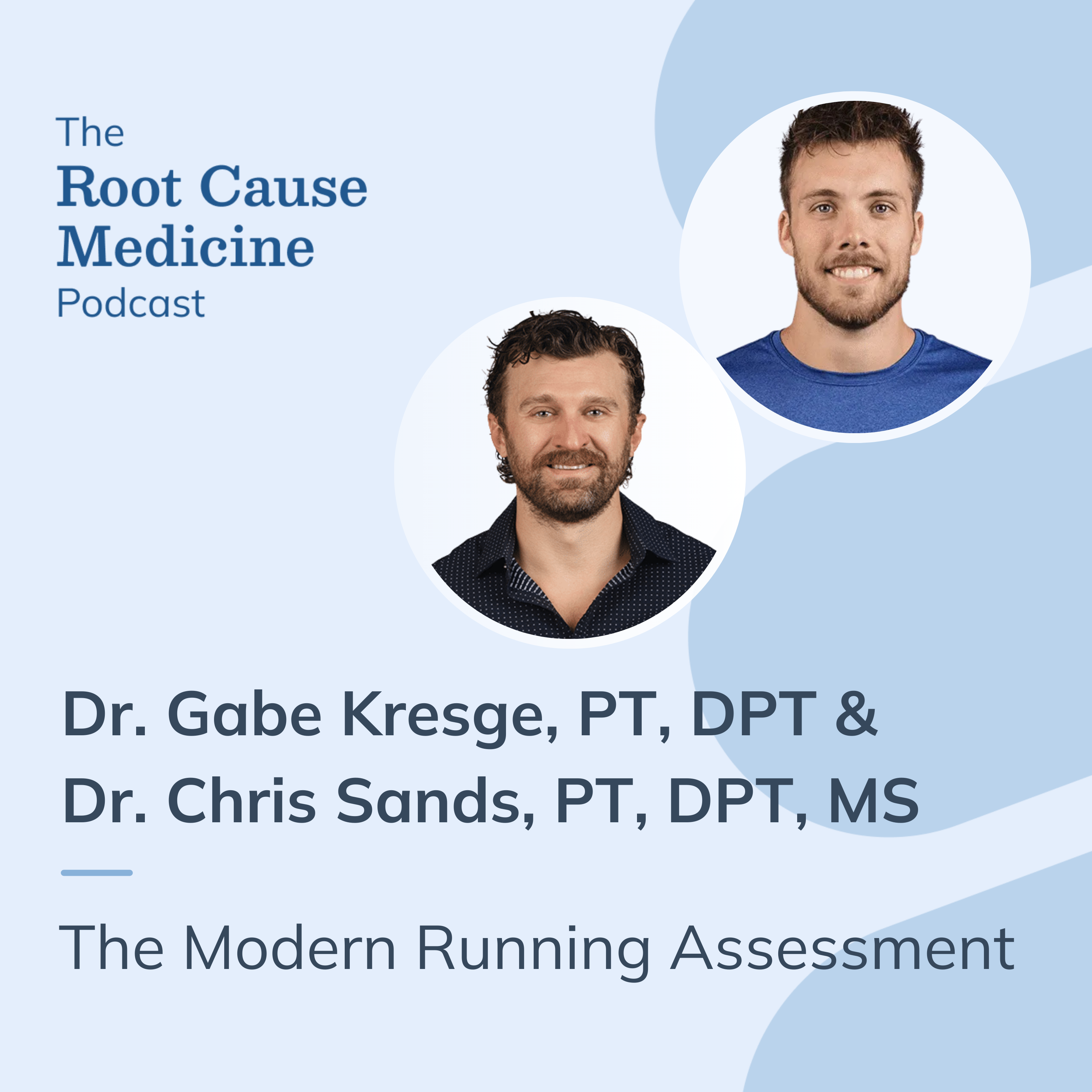
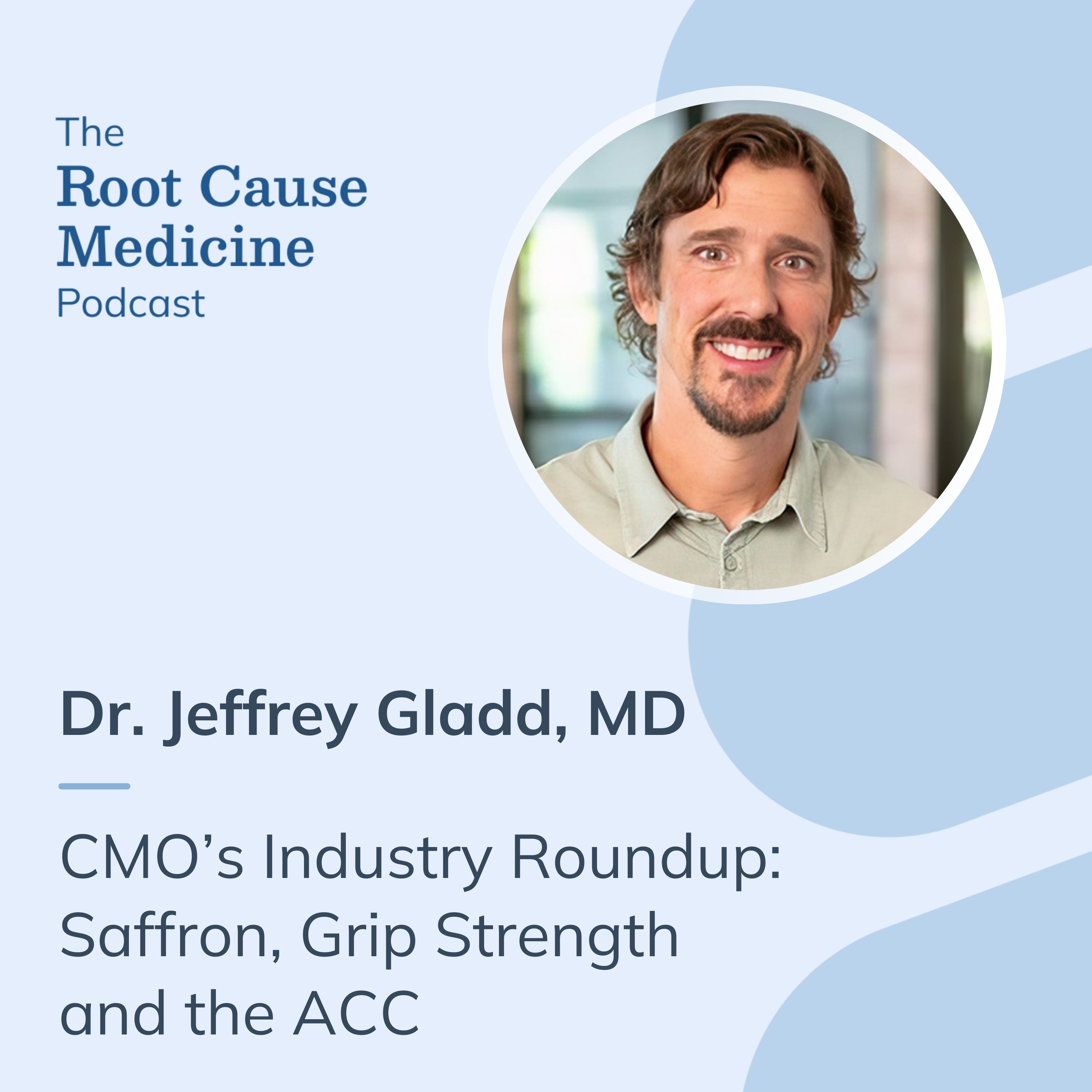
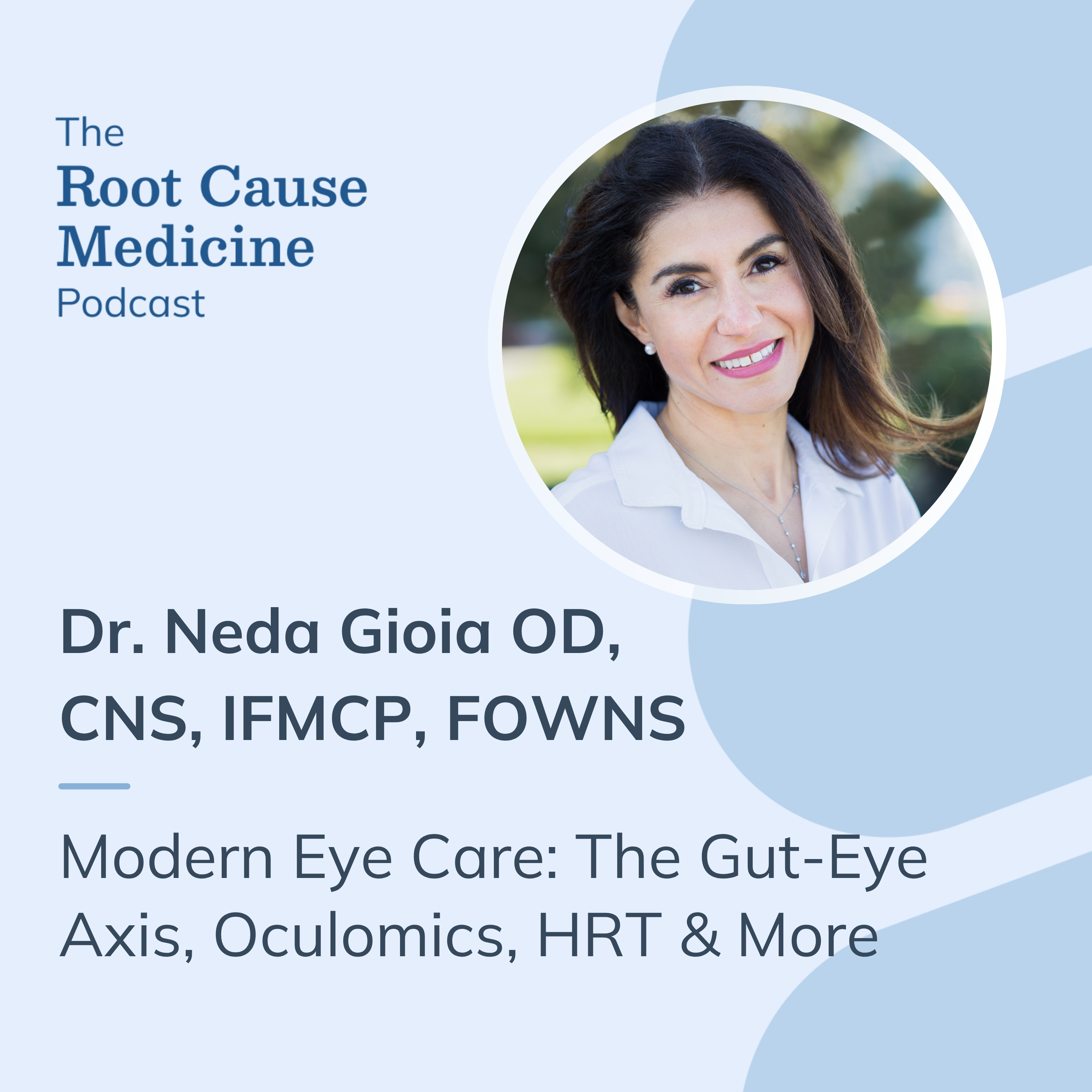
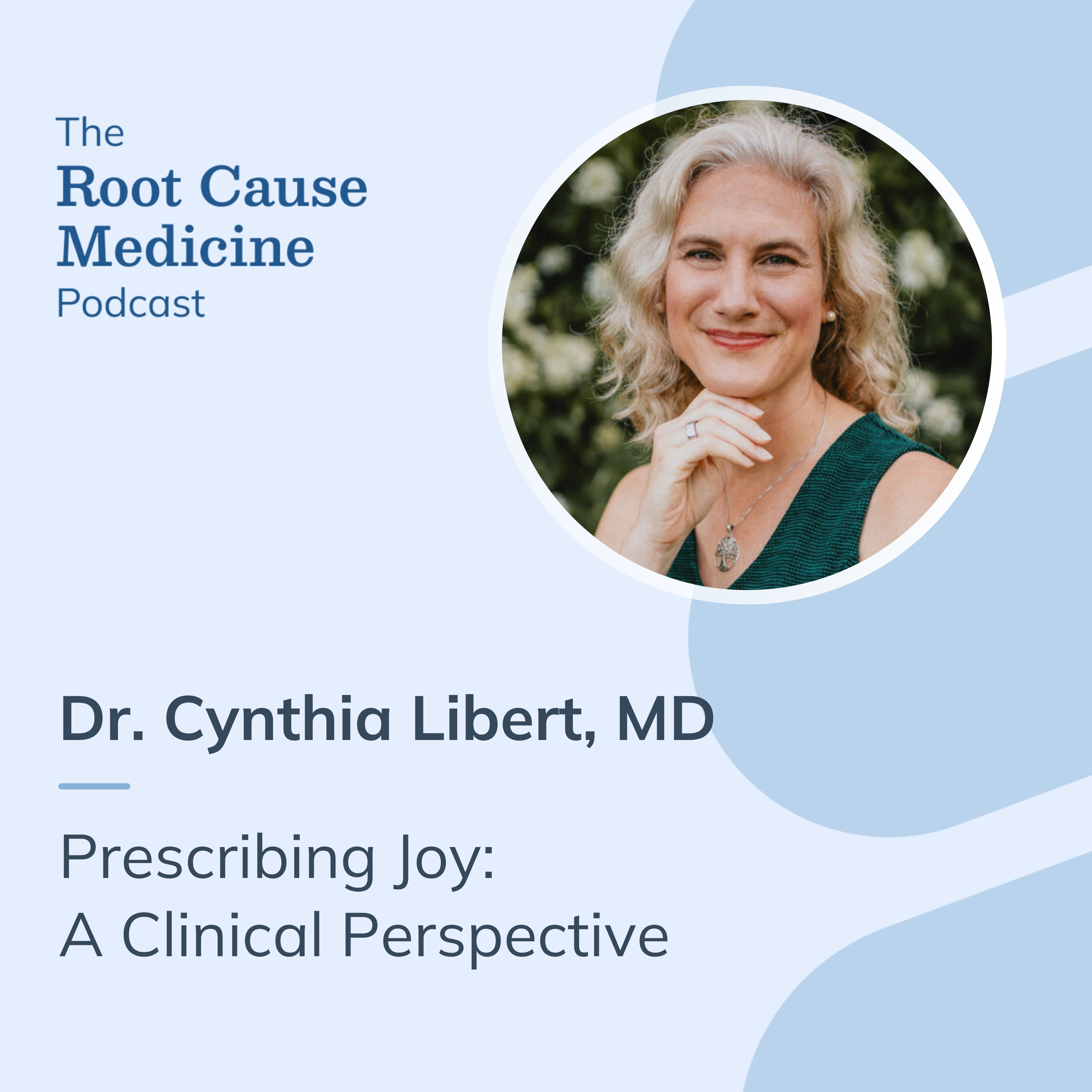
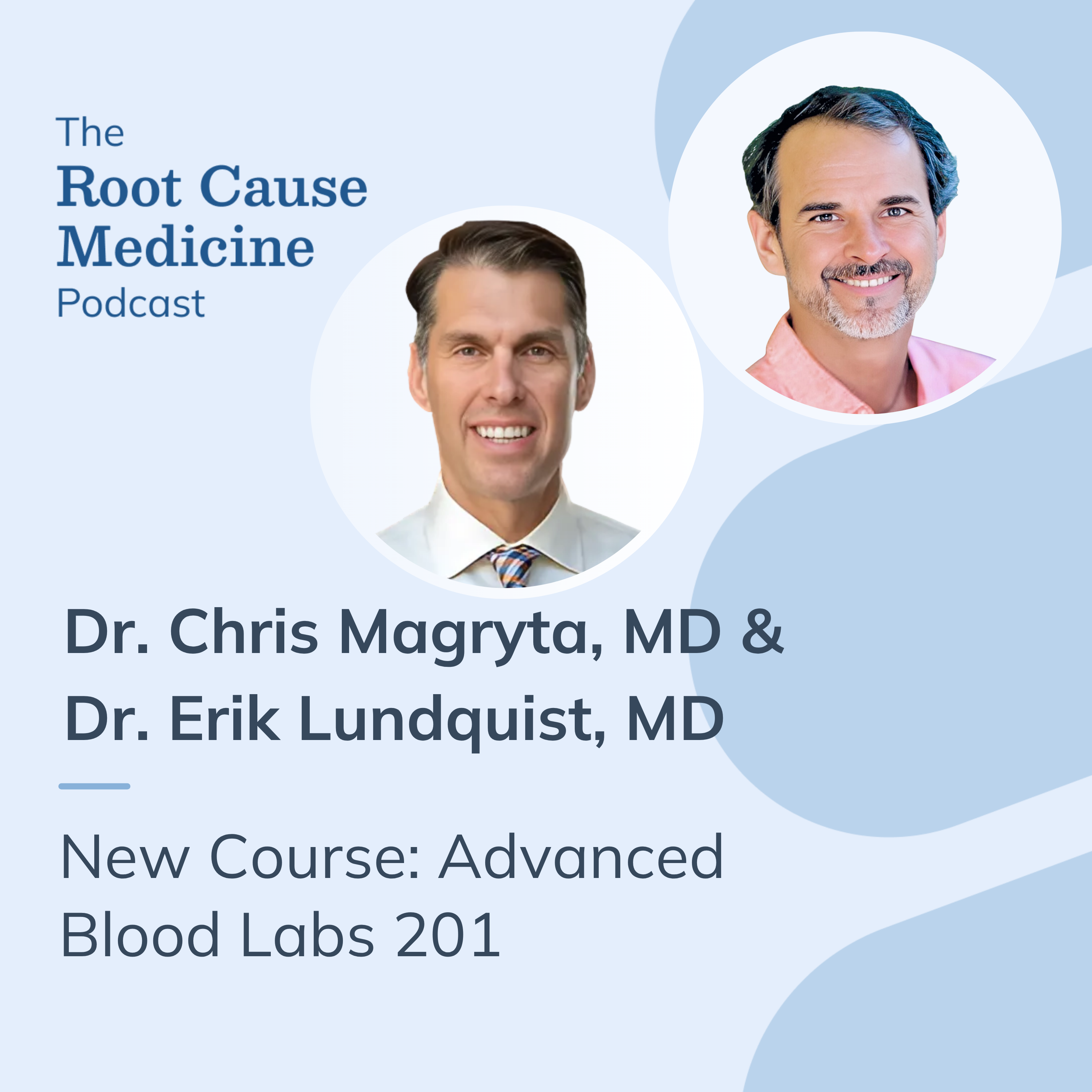


%201.svg)




